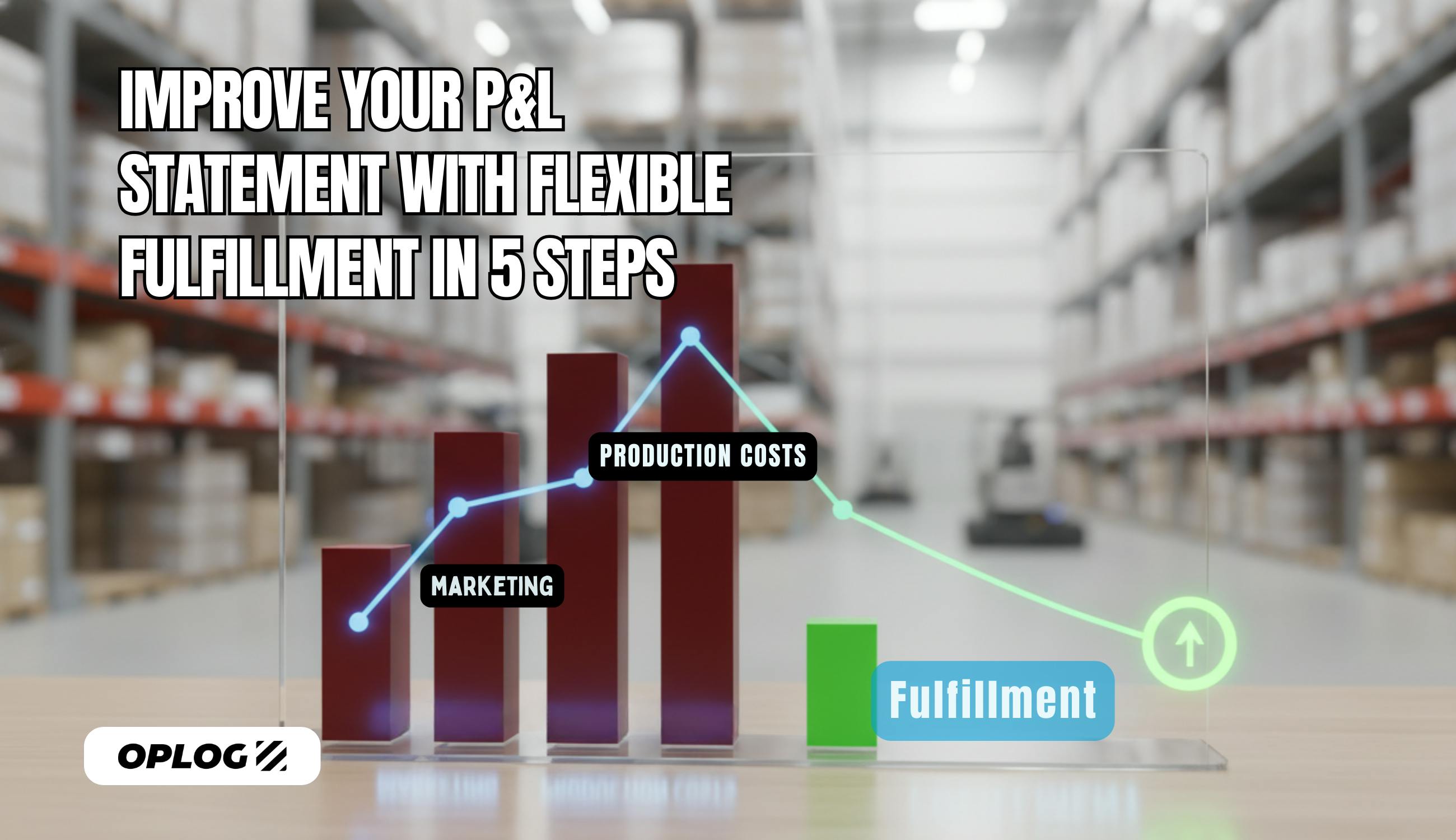Seasonal demand comes with perks, challenges, and uncertainties for most businesses. However, there are ways to eliminate uncertainties from the mix.
You see, seasonal demand planning is like predicting the weather: you never know what will happen, but you have to be prepared for anything.
Seasonal fluctuations can significantly impact your business performance and overall customer satisfaction, whether it’s a heat wave, a snowstorm, or a pandemic.
To ensure that your business is on top of every seasonal change in demand, you need to harness the power of data to plan and optimize your inventory, pricing, marketing, and operations.
For businesses whose decisions are purely based on data, there are no guesses, just informed decisions backed by insights.
In this blog post, we will show you how data can help you anticipate and respond to seasonal demand changes and how you can use tools to create data-driven forecasts and scenarios.
By the end of this post, you will be able to turn data into insights and insights into action and make your seasonal demand planning more efficient and effective.
Here’s a quick overview of what we will be discussing
- The four-letter word, Data
- Applying data-driven strategies
- Working with Data for Seasonal Demand Planning
The four-letter word - Data
Data isn't just a four-letter word in the eCommerce and supply chain universe; it's the secret sauce behind growth and increased return on investment.
It's the wizard behind the online shopping curtain, the crystal ball predicting your next production/purchase, and the hero in the story of accurate and effective sales.
With data, you are able to make smarter, more informed, and insight-driven decisions than Sherlock Holmes. Literally!
Despite 91% of companies stating that data-driven decision-making is essential for business growth, only 57% make data-based decisions, according to a Bi Survey. Are you with the 57%?
Stitch Fix is an example of a brand that uses high-level data to make decisions. Stitch Fix is a personal styling service that uses data to match customers with clothes they will love.
When customers sign up for Stitch Fix, they complete a detailed style profile that includes their size, preferences, and budget. The brand then uses this data to select a box of five clothing items to send to the customer, who tries on the clothes at home, keeping what they like and returning the rest.
Stitch Fix collects data on everything, from what items customers keep to what they return. This data is used to improve the company's algorithms and to make better recommendations for customers in the future.
For example, if a customer returns all of the dresses in a box, Stitch Fix will take that as a sign that the customer is not interested in dresses. In the future, Stitch Fix will be less likely to send dresses to that customer.
According to a McKinsey report, data-driven organizations are 23 times more likely to acquire customers, six times as likely to retain customers, and 19 times as likely to be profitable. Another study by Harvard Business Review found that data-driven businesses are 5% more productive and 6% more profitable than businesses that are not data-driven.
If you intend to take the lead and sustain it over competitors, you must maintain the importance of data in the never-ending race of customer acquisition and business growth.
Applying Data-Driven Strategies
Data can help your brand gain an advantage over competitors in several ways.
Customer Insights
Analyzing this data lets you gain profound insights into customers' preferences, needs, and pain points. Understanding your customers on this level allows you to tailor your product offerings, marketing strategies, and user experience to meet their expectations better.
Personalization
Data is at the core of personalized shopping experiences. Effective personalization relies on Machine Learning algorithms that analyze customer data and deliver tailored product recommendations, content, and marketing messages. When customers feel that your brand understands their preferences, they are more likely to engage and make purchases, increasing sales and customer loyalty.
Inventory Management
Accurate data on inventory levels and trends are essential for avoiding overstocking or understocking products during demand season. By integrating inventory management systems with sales data and demand forecasts, you can ensure having the right amount of stock on hand. This prevents lost sales due to stockouts and reduces carrying costs for excess inventory. More on this later.
Work with Dynamic Pricing
Dynamic pricing relies on data. You can adjust prices based on demand, competitor pricing, and the customer's browsing and purchasing history. Data analysis helps you set optimal prices to maximize sales and profitability.
Marketing and Advertising
Digital advertising and marketing campaigns generate vast amounts of data, from click-through rates to conversion statistics.
This data can help you measure the effectiveness of campaigns, identify which marketing channels are most profitable, and refine strategies accordingly. Data-driven marketing enables budget allocation wisely, focusing on campaigns that yield the best results.
Working with Data for Seasonal Demand Planning
Seasonal demand patterns are usually predictable and often influenced by external factors, such as weather conditions or holiday periods.
Brands are often impacted by seasonal demand – those that can anticipate fluctuations in consumer demand are better equipped to take advantage of trends, manage inventory levels, and create optimized marketing campaigns.
Accurate demand planning can also improve customer satisfaction by making the right products available at the right time.
Let's explore the data you need for a near-fail-proof seasonal demand plan.
Historical data
One of the most crucial aspects of accurately predicting seasonal patterns is using historical and past sales data.
Analyzing this data helps you forecast seasonal demand, particularly during significant events like the holiday season.
By examining historical sales data, you can identify patterns and trends that can help predict future demand. This data can also be used to determine any spikes or dips in sales that vary from the usual or average level of sales and correlate them with the seasons or events that may have caused them.
By analyzing your sales data, you can gain valuable insights into your customer's purchasing behavior, which can help you make informed production or purchasing decisions that optimize your supply chain processes accordingly.
Seasonal Index
Seasonal Index in demand season planning helps you to measure and adjust the demand for products or services that vary according to the time of year or season.
With the Seasonal index, you can remove the seasonal fluctuations in data and analyze the underlying trends and patterns.
To use a seasonal index, you have to calculate the ratio of the actual demand for a product during a specific season or period to the average demand for the same product over a longer time frame, like a year.
Your answer indicates how much the demand in that season or period changes from the average level of demand.
For example, if the average demand for clothing is 2,000 units per month, and the actual demand for the same clothing in December is 5,000 units, then the Seasonal Index for December is 5000/2000 = 2.5. This means the order in December is 150% higher than the average demand.
You can use the seasonal Index to plan for future demand by multiplying the Seasonal Index for a given period by the expected average demand for that product.
Suppose you sell Selfie Sticks, and the expected average demand for 2023 is 3,000 monthly units, and the Seasonal Index for December is 2.5. In that case, the forecasted demand for Selfie Sticks in December 2023 is 3,000 x 2.5 = 7,500 units.
This means you should prepare to meet a higher demand in December than in other months.
Artificial intelligence (AI) and Machine Learning (ML)
Planning for seasonal demand can be time-consuming and tricky when done manually. Additionally, the potential of having a less precise forecast is higher when done by humans than those created using automated learning algorithms. This isn’t far-fetched, as computers are more efficient in calculations.
AI and Machine Learning (ML) revolutionize seasonal demand planning, as these technologies can identify seasonality patterns that may be difficult for humans to detect by processing vast amounts of historical data.
Many Artificial Intelligence (AI) and Machine Learning (ML) tools can be used for seasonal demand planning. Some of the common examples are Microsoft Power BI and Azure Machine Learning.
Forecasting models
You can use forecasting models to predict the future level of sales for products during each season.
To develop a plan for seasonal demand, you can use forecasting models such as trend analysis, regression analysis, exponential smoothing, moving average, or time series analysis. These models use mathematical formulas and algorithms to predict future sales levels based on past data and other relevant variables.
Suppose you are in the business of selling perfumes. Trend analysis data can help you predict future sales levels during a particular season, allowing you to project sales for your fragrances.
Inventory Analytics
Working with an advanced Warehouse Management System (WMS) can track your inventory analytics, helping you determine the optimal inventory levels for each product, location, and distribution channel.
Inventory Analytics determines the optimal inventory levels for each product or service during each season based on factors such as the demand forecast, the lead time, the replenishment frequency, the safety stock, and the service level.
You reduce inventory costs, improve your service levels, and increase profitability using various methods and techniques, such as inventory optimization, which balances the trade-off between stock availability and stock holding costs, ensuring you avoid overstocking or understocking.
Also closely related to Inventory analytics are Supplier performance analysis and SKU rationalization.
Analyzing supplier data helps you evaluate their performances, such as tracking delivery times, assessing quality control metrics, and identifying cost savings and process improvement opportunities.
With this data, you can optimize supplier relationships and enhance overall supply chain efficiency.
SKU rationalization data provides insights into product performance, profitability, and customer preferences. This helps you make informed decisions regarding SKU distribution, product discontinuation, and portfolio management.
Your Path to Effortless Inventory Management with OPLOG One
Don’t let inventory management challenges hold your business back. Implementing the right solution paves the way to not only optimize your stock levels but also enhance overall operational efficiency. With OPLOG One, manage all your stock seamlessly from a single platform, ensuring real-time tracking across different sales channels and warehouses. Unlock the power of integrated inventory analytics, SKU rationalization, and supplier performance analysis in one centralized system, enabling you to make data-driven decisions swiftly and efficiently. Ready to revolutionize your inventory management and take a step towards amplified profitability? Discover the capabilities of OPLOG One and elevate your stock management strategy to the next level. Learn More about OPLOG One →
Wrapping Up
One example of a fashion brand that uses high-level data to make decisions is H&M. The brand uses artificial intelligence and big data to enhance its supply chain, help determine merchandise for individual stores, and offer a personalized customer experience. H&M uses data to make decisions in supply chain optimization, merchandise assortment, and customer personalization.
In the supply chain and fulfillment industry, seasonal demand planning is an ongoing challenge that can make or break your brand. Leveraging the power of data is no longer a luxury but a necessity. Ultimately, data-driven seasonal demand planning is the key to ensuring your business survives and thrives during even the most challenging seasons.






